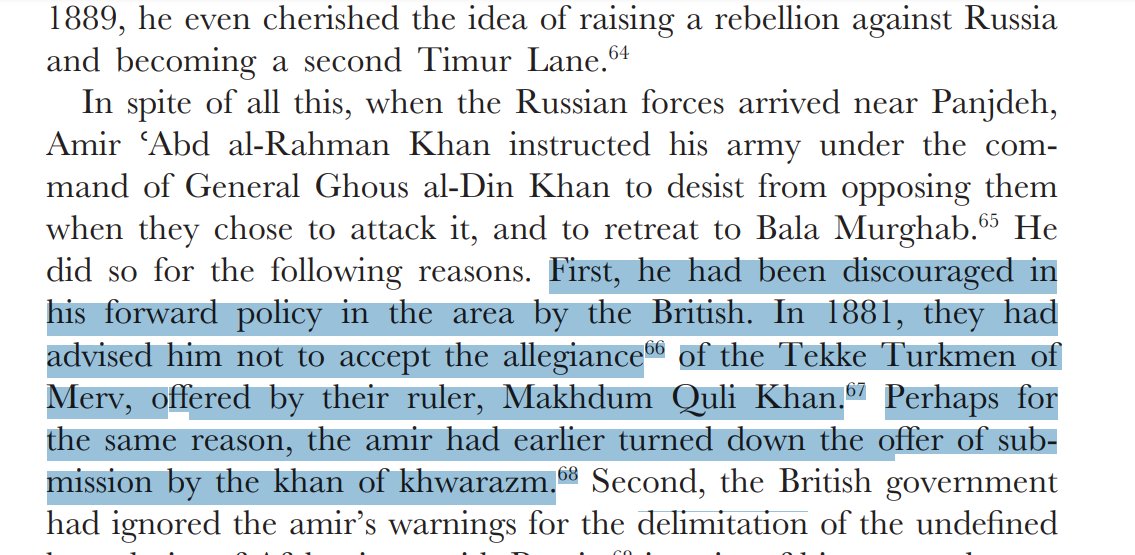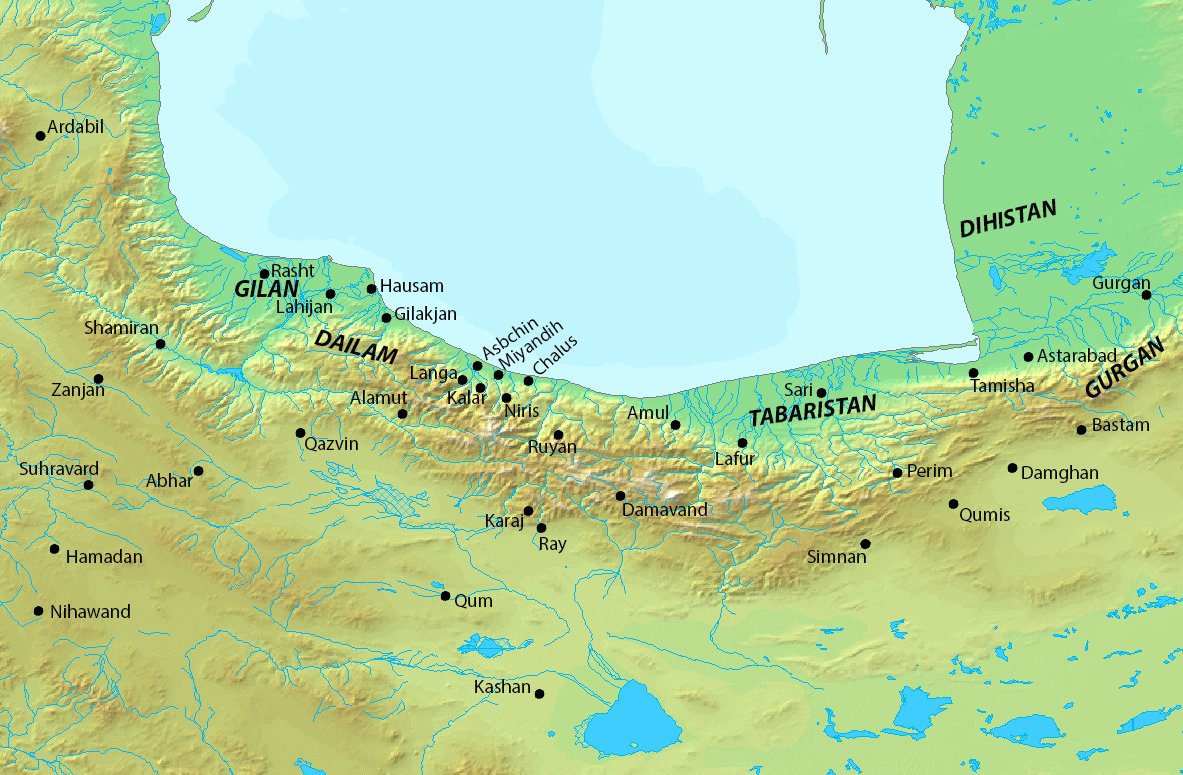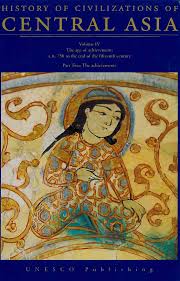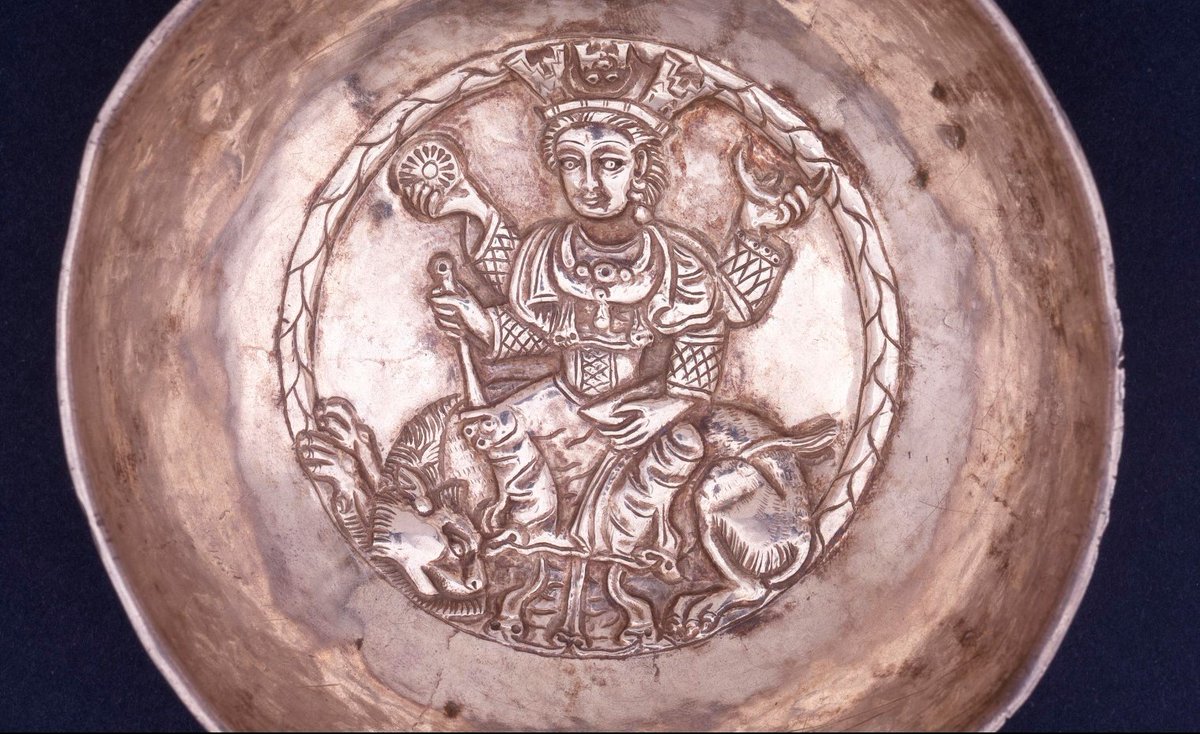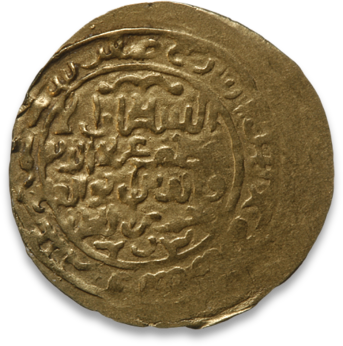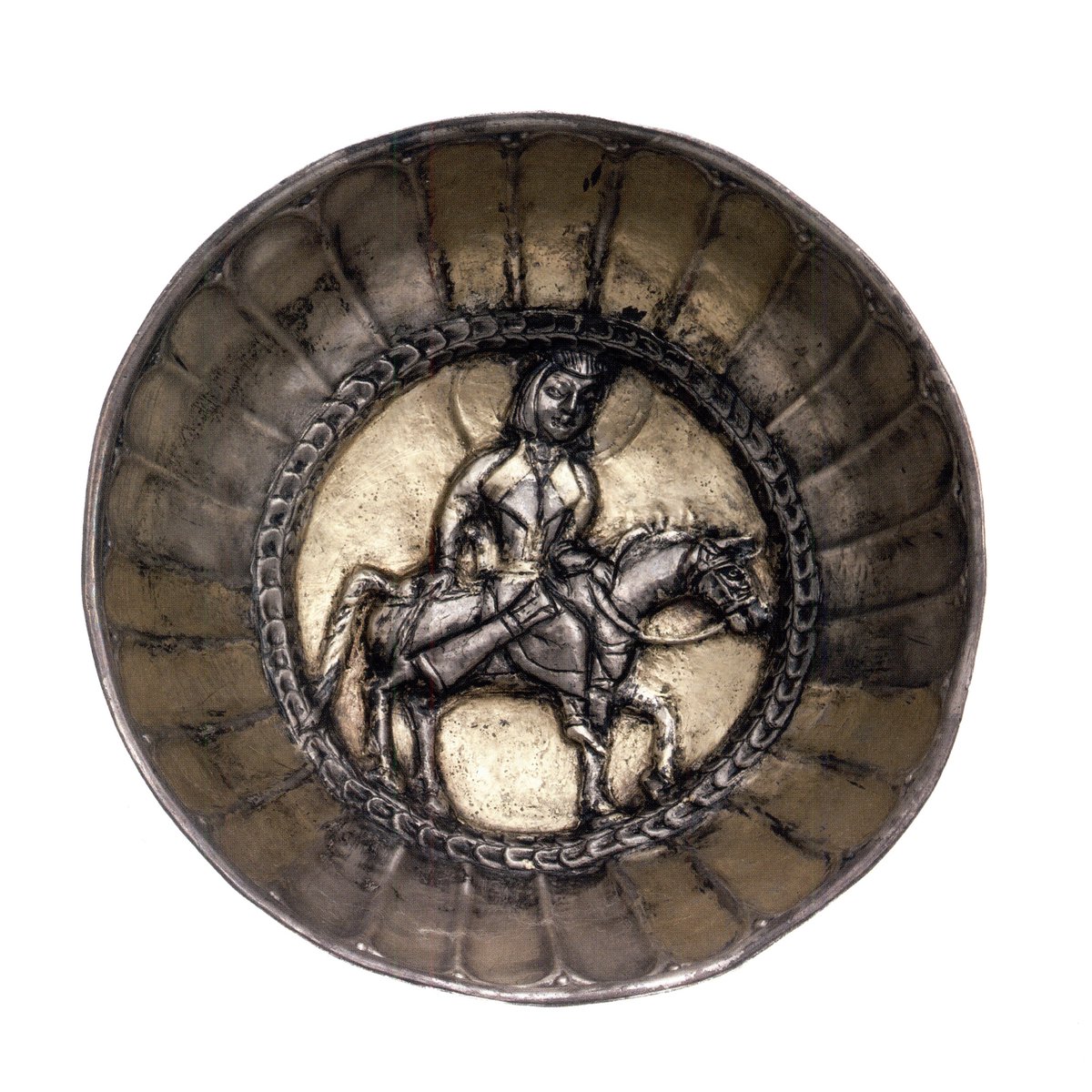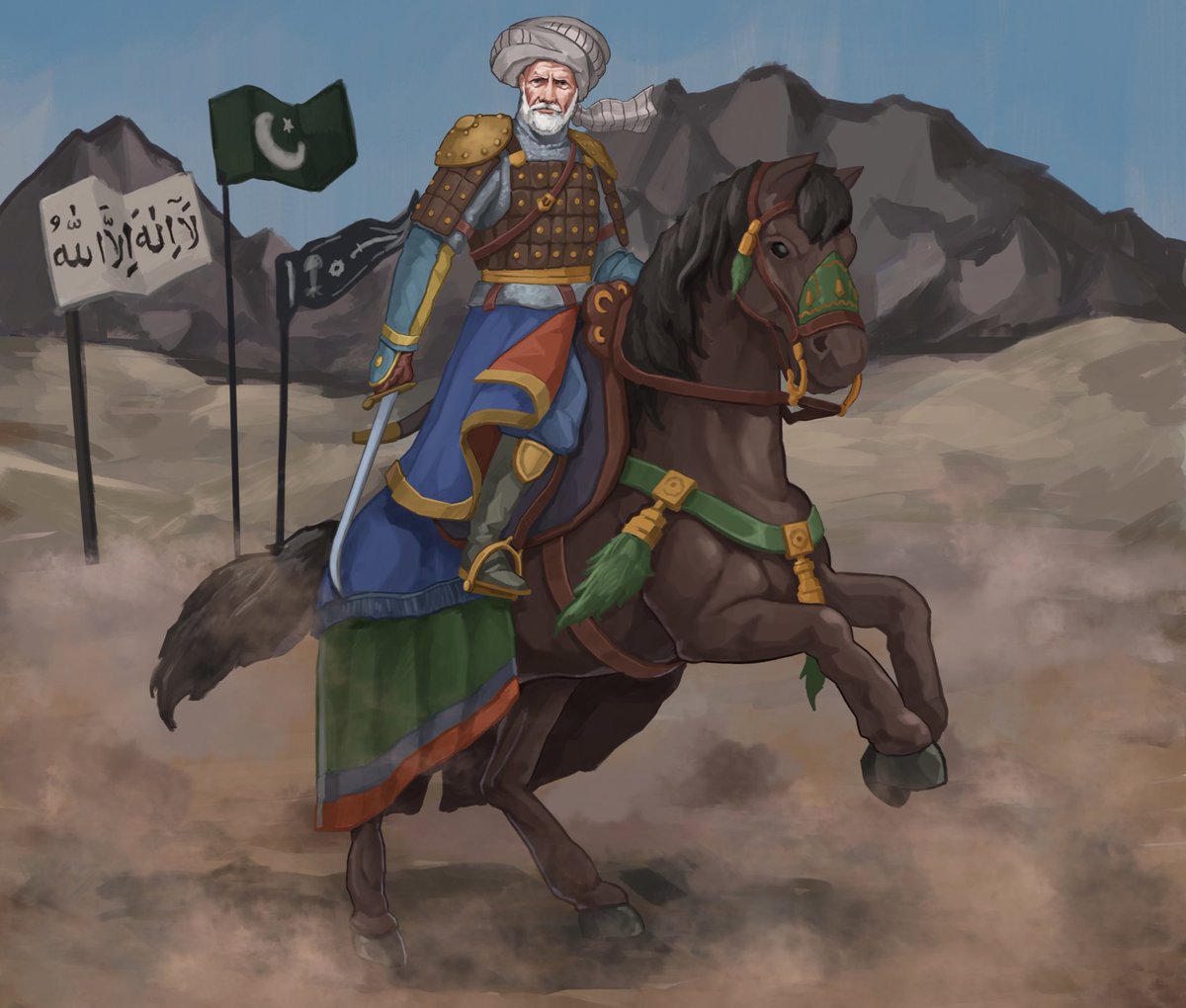
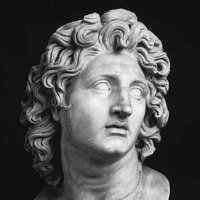
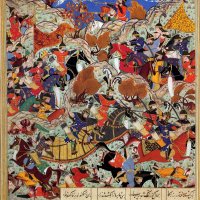
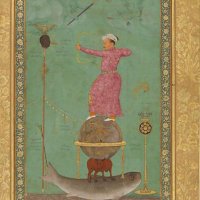

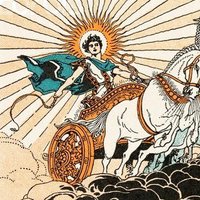


Tulajha Fort is the name of a mountain top near Khura, Khushab, Punjab having ruins of old palaces. The fort is famous 4 being the place where JalalUdDin Khwarazm Shah took shelter while escaping frm Mongols. The track to reach top is through a dense forest.
Credits: Nasr Ahmad



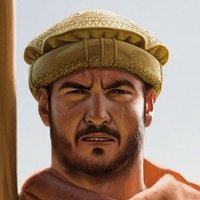





Writing the #Uzbekistan script I have to mention the incredible significance the Khwarazm region plays in the country's identity. Shared with #Turkmenistan ,
Although under many empires, this area was originally inhabited by Iranic peoples who built massive desert castles,…
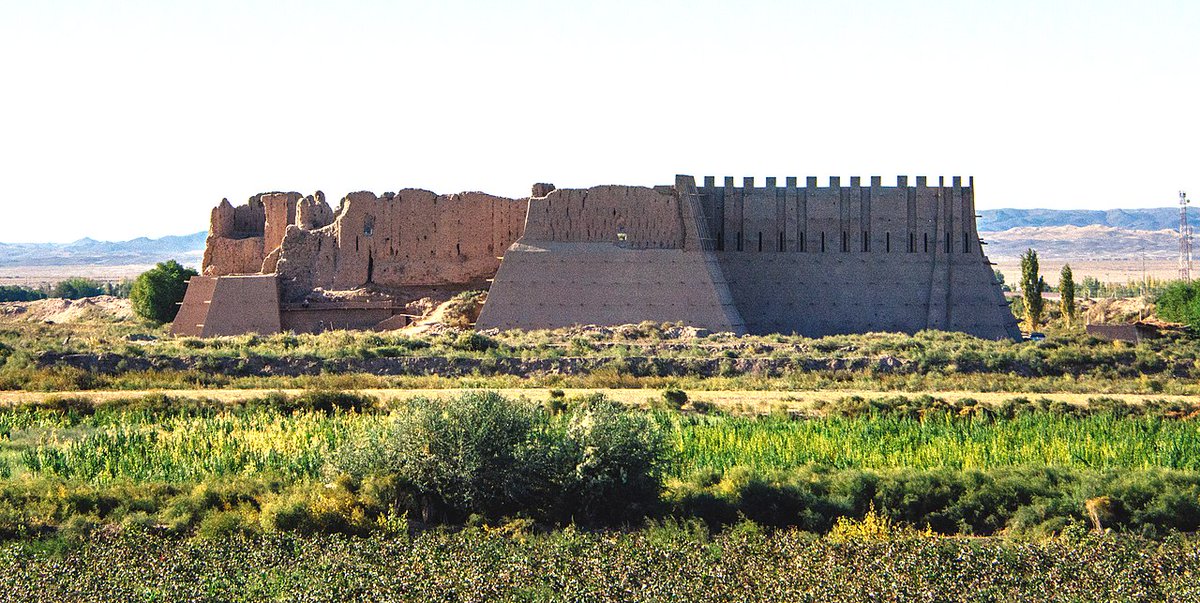
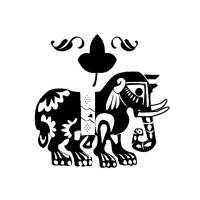

History in Story Georgia has a similar icon, depicting when Sultan Jalal al-Din of Khwarazm in 1227 beheaded 100,000 Christians in Tbilisi who refused to convert to Islam
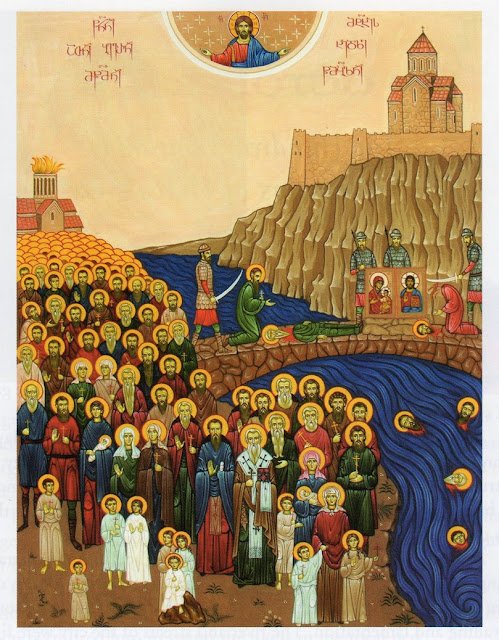
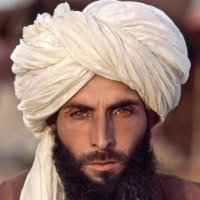

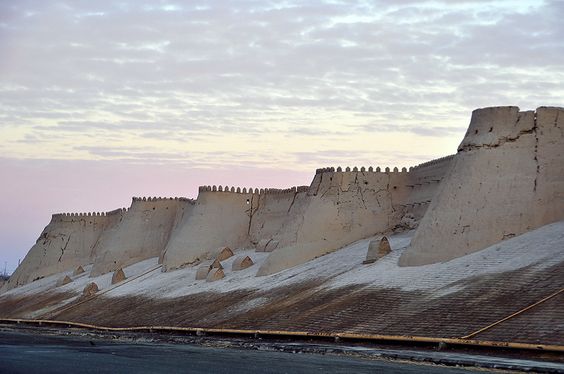
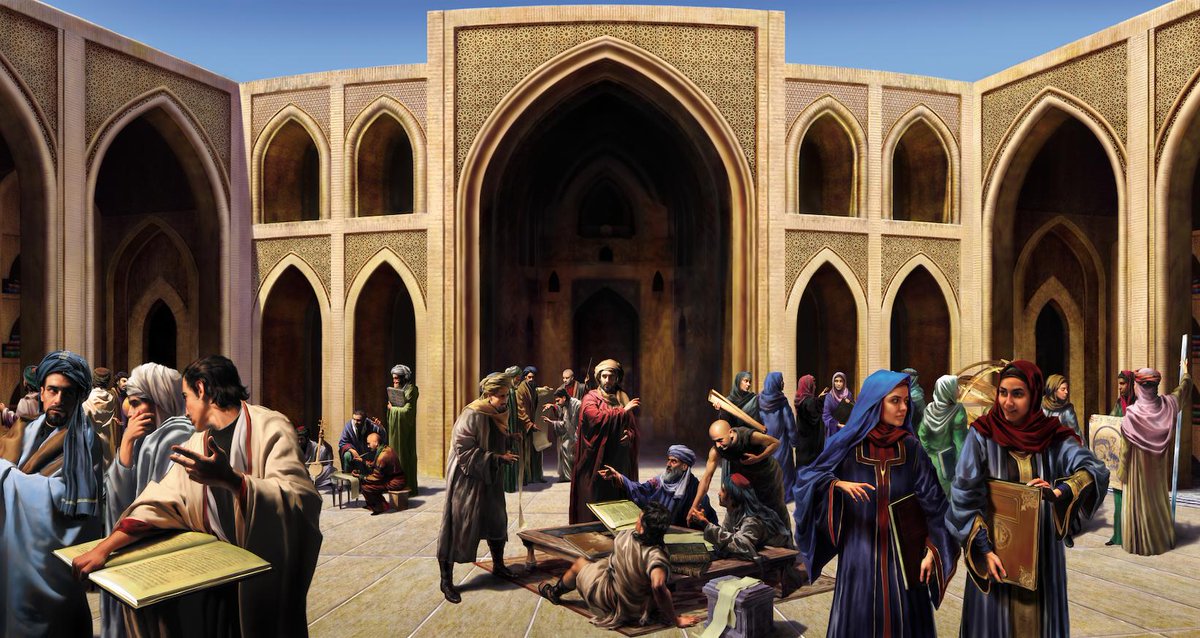

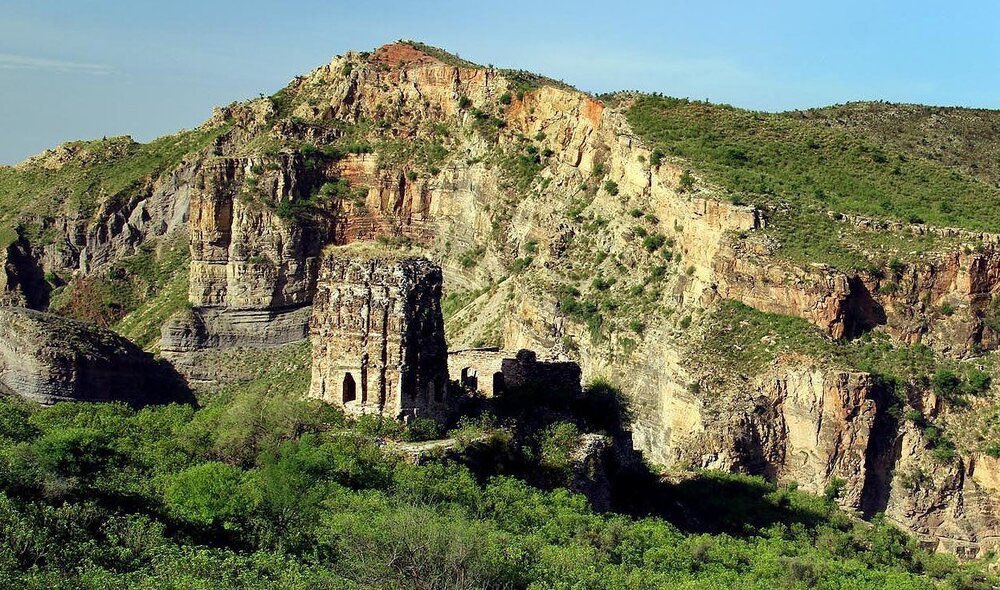
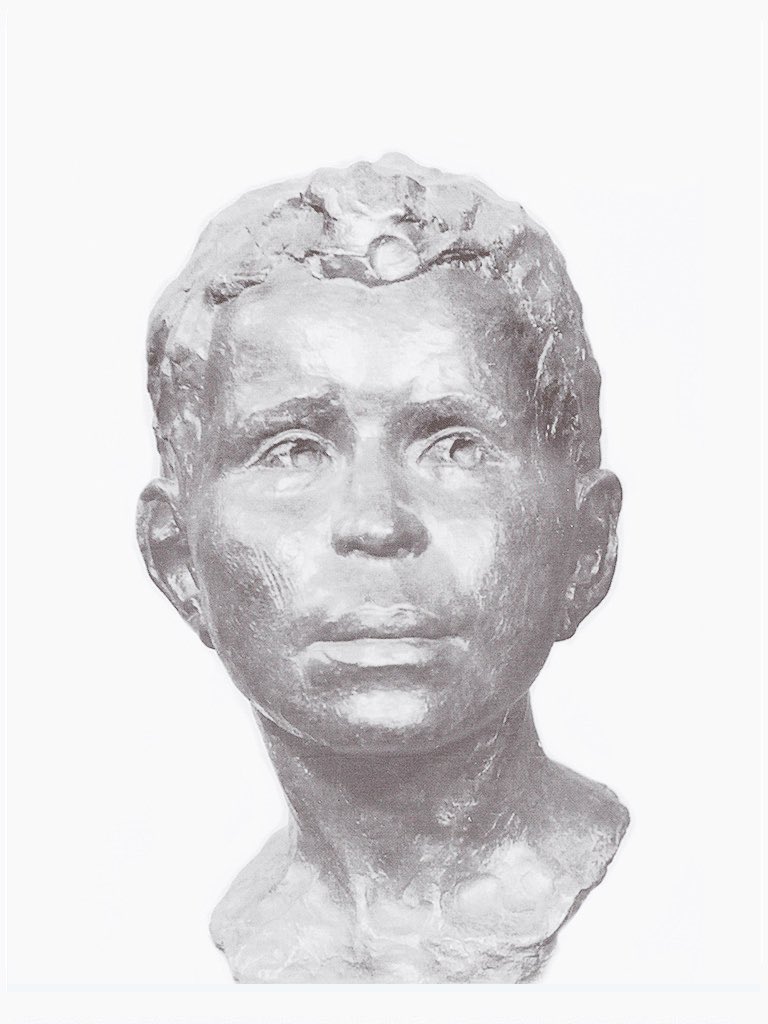
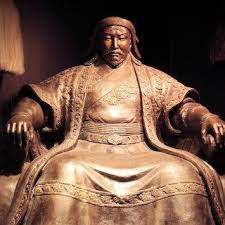
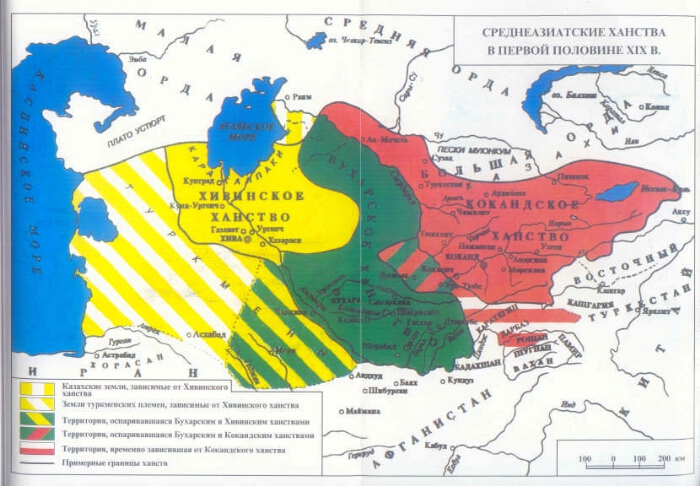
![Ganjajooz (@dalaygiz) on Twitter photo 2021-09-14 15:32:29 General view of the Dakhma at Chil’pyk, Khwarazm, NW Uzbekistan c. 4th-8th century.
“The Dakhma contains a monumental staircase, high mud-brick walls and compartments for depositing corpses (pāvis). Associated with it was also a fire chamber (sāgris).”
[Xin, 2014]. General view of the Dakhma at Chil’pyk, Khwarazm, NW Uzbekistan c. 4th-8th century.
“The Dakhma contains a monumental staircase, high mud-brick walls and compartments for depositing corpses (pāvis). Associated with it was also a fire chamber (sāgris).”
[Xin, 2014].](https://pbs.twimg.com/media/E_QYyLwWYAMbE5Q.jpg)
